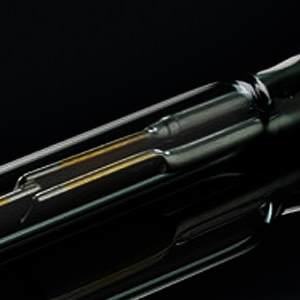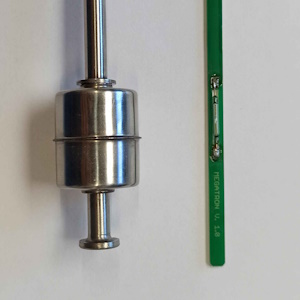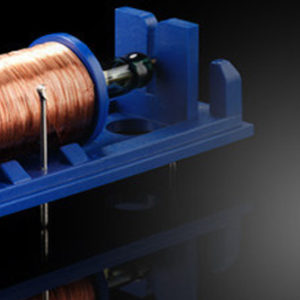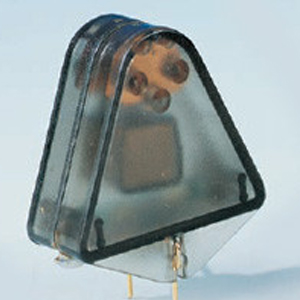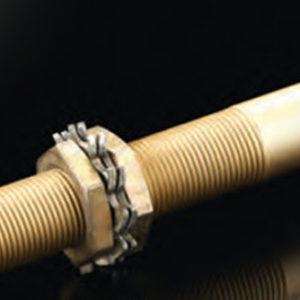Level Sensors
What is a Level Sensor?
Level sensors are instruments used to detect or measure the level of liquid or powder in tanks or containers. They are largely divided into level switches and level gauges.
Level switches are sensors that detect the amount of material in a container at a specific point. One type of level switch detects the level based on contact type sensors installed at the upper and lower limits of the level. Another type accurately detects the distance between the sensor head and the content in the container. This type commonly uses ultrasonic waves from inside near the top of container.
Level gauges are instruments that continuously detect or measure level from inside, near the top of containers. They allow for management of the remaining amount with greater accuracy as compared with level switches. They are also called continuous level gauges, level meters, or liquid level gauges.
Benefits of Level Sensors
Monitoring the amount of material in a container to prevent problems.When the amount remaining in a container cannot be checked visually, level sensors can measure the remaining level continuously. This can prevent problems from occurring such as running out of material.
Using a level sensor prevents problems that can occur with empty material tanks. When a level switch is installed and the lower limit value is set, the material can be replenished in an appropriate amount of time. When a level gauge it's used, the remaining level can be measured continuously. This allows for management of the remaining amount with greater accuracy. Outputs or alarms can be set to ensure appropriate replenishment. Furthermore, some problems can be identified early, preventing larger issues. For example, if the remaining level does not change continuously despite the fact that the facility is operating, this can indicate a clog is present.
Level sensors without moving parts, can reduce risk of malfunctionIn case of level sensors that mesure the target without contact, they are less prone to be affected by muddy water, viscous liquids, or dirt.
